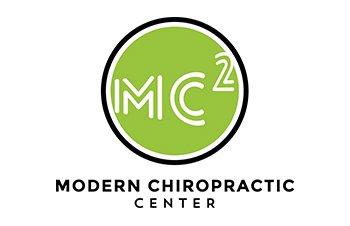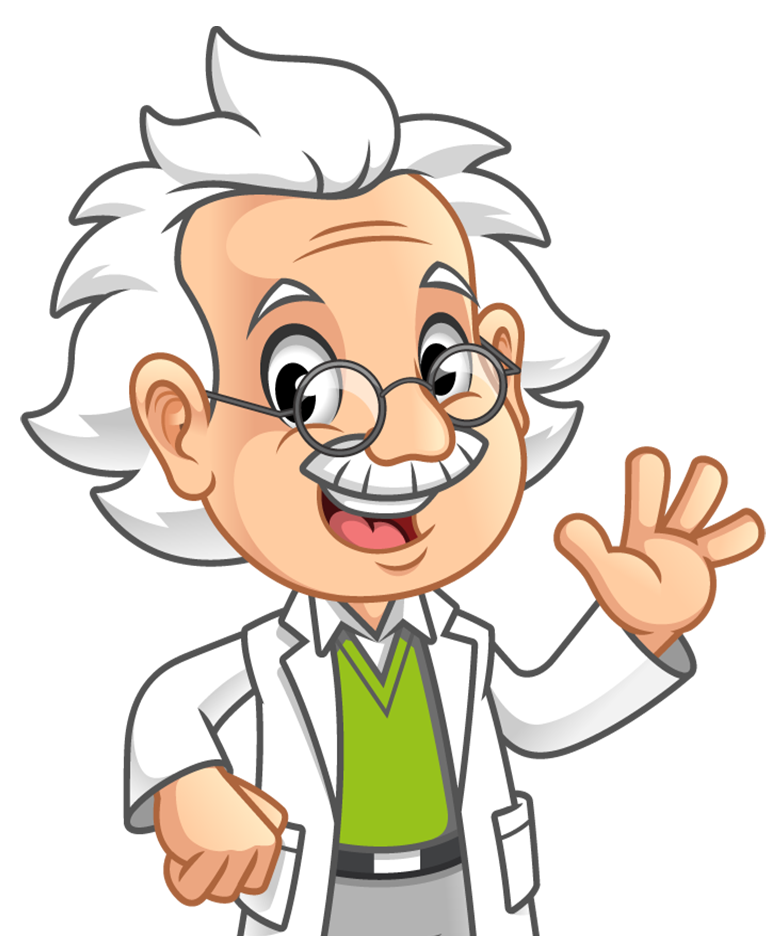What Causes Scoliosis in Adults?
The cause of scoliosis is usually labeled as “idiopathic”, which means “unknown cause”. Most people think of scoliosis as occurring in children usually during adolescence. However, the age group with the highest incidence of scoliosis in adults. And there is increasing prevalence with age. So, the older an adult gets, the more likely scoliosis will be present. When scoliosis in the adult has been present since adolescence it is referred to as adolescent-onset scoliosis in the adult. When scoliosis develops in the adult it is referred to as adult-onset scoliosis.

Both types of scoliosis in the adult are generally referred to as “idiopathic”, again having an unknown cause. However, there is evidence that the adult-onset type (also called denovo scoliosis, or denovo degenerative scoliosis) may have an underlying cause. In a 2002 study1, Murata and colleagues performed a revealing study. They first obtained front and side Xrays of 243 subjects with low back pain but without scoliosis at initial examination. They were followed over a 4-year period. During that time 47 subjects developed the presence of a minimum scoliotic angle greater than 10º. These subjects were then followed prospectively. They report that “changes in segmental lordotic wedging also were observed during these examinations. Of the 79 discs that showed more than a 5-degree decrease in segmental lordotic wedging, progression of scoliotic wedging at the same level was observed in 56 cases, either simultaneously or at previous examinations.” This means that prior to the development of scoliosis, patients had a loss of the lumbar curve from the side. This flattening of the curve in the back from the side may lead to the development of scoliosis of the spine.

If loss of lumbar curve from the side causes lumbar scoliosis in the adult spine, it is important to check for this in patients. At Modern Chiropractic Center in Boise and Nampa, we utilize a specific chiropractic technique called Chiropractic Biophysics® (CBP®). CBP® has been shown to be effective at restoring the lumbar curve in adults.2-11 CBP® uses Mirror-ImageTM exercises, traction, and adjusting to obtain correction in spine alignment.
Whether you have low back pain or not, you can find out if you may have a loss of lumbar curve from the side perhaps making you prone to developing scoliosis. Simply contact our office to schedule a complimentary consultation today.
References:
- Murata Y, Takahashi K, Hanaoka E, Utsumi T, Yamagata M, Moriya H. Changes in scoliotic curvature and lordotic angle during the early phase of degenerative lumbar scoliosis. Spine 2002 27(20):2268-2273.
- Oakley PA, Ehsani NN, Moustafa IM, Harrison DE. Restoring lumbar lordosis: a systematic review of controlled trials utilizing Chiropractic Bio Physics® (CBP®) non-surgical approach to increasing lumbar lordosis in the treatment of low back disorders. J Phys Ther Sci 2020; 31(9):601-610.
- Harrison DE, Harrison DD, Cailliet R, Janik TJ, Holland B. Changes in Sagittal Lumbar Configuration with a New Method of Extension Traction: Non-randomized Clinical Control Trial. Arch Phys Med Rehab. 2002;83(11):1585-1591.
- Oakley PA, Harrison DE. Lumbar extension traction alleviates symptoms and facilitates healing of disc herniation/sequestration in 6-weeks, following failed treatment from three previous chiropractors: A CBPÆ case report with an 8-year follow-up. J Phys Ther Sci 2017; 29(11):2051-2057.
- Harrison DE, Oakley PA. Non-operative correction of flat back syndrome using lumbar extension traction: A CBP® case series of two. J Phys Ther Sci 2018; 30(8):1131-1137.
- Weiner MT, Oakley PA, Dennis AK, Shapiro DA, Harrison DE. Increasing the cervical and lumbar lordosis is possible despite overt osteoarthritis and spinal stenosis using extension traction to relieve low back and leg pain in a 66-year old surgical candidate: A CBP® case report. J Phys Ther Sci 2018; 30(11):1364-1369.
- Gubbels C, Werner JT, Oakley PA, Harrison DE. Reduction of thoraco-lumbar junctional kyphosis, posterior sagittal balance, and increase of lumbar lordosis and sacral inclination in an adolescent with back pain: A CBP® case report. J Phys Ther Sci 2019; 31(10):839-843.
- Oakley PA, Navid Ehsani N, Harrison DE. Non-surgical reduction of lumbar hyperlordosis, forward sagittal balance and pelvic tilt to relieve low back pain: A CBP® case report. J Phys Ther Sci 2019; 31(10):860-864.
- Paulk GP, Bennett DL, Harrison DE. Management of a chronic lumbar disk herniation with CBP methods following failed chiropractic manipulative intervention. J Manipulative Physiol Ther 2004; 27(9):579.
- Brown J, Jaeger J, Polatis T, Peters A, Oakley P, Harrison D. Increasing the lumbar lordosis by seated 3-point bending traction: A case series utilizing Chiropractic BioPhysics technique. Chiropr J Australia, 2017; 45(2):144-154.
- Cardwell A, Barone B. Improved Health Outcomes Following Reduction of Vertebral Subluxation and Improved Cervical and Lumbar Curves Utilizing Chiropractic Biophysics Protocol Annals of Vertebral Subluxation Research ~ July 7, 2014 ~ Pages 113-128.






No comment